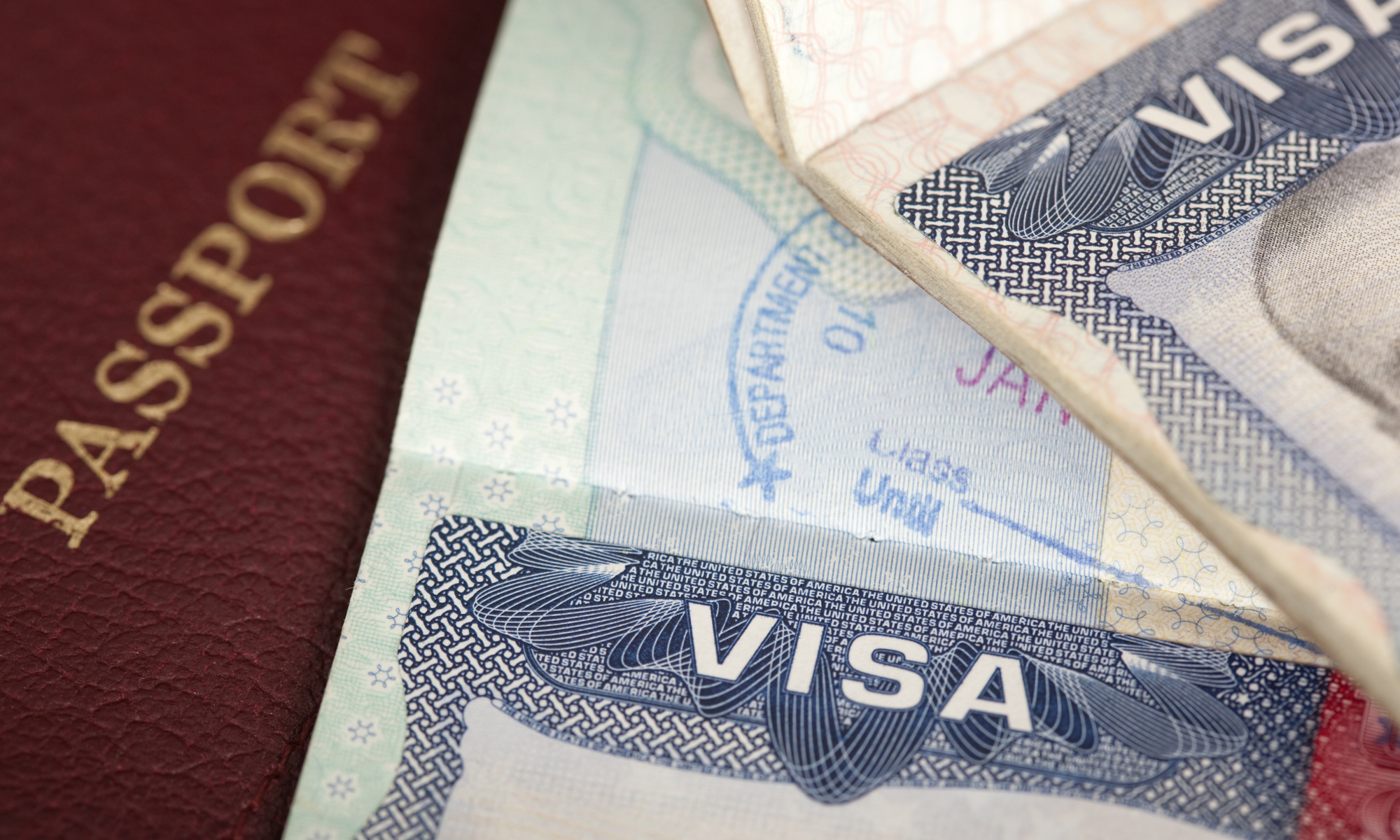On December 18, 2015, President Obama signed into law the 2016 Consolidated Appropriations Act (H.R. 2029), which will fund government agencies for at least another year. This omnibus spending bill also includes significant changes to the Visa Waiver Program (VWP) which appear under the Title of “Visa Waiver Program Improvement and Terrorist Travel Prevention Act of 2015.’’
For more than 25 years, the Visa Waiver Program (VWP) has permitted citizens of participating countries to travel to the United States for business or tourism for stays of up to 90 days without a visa. There are currently 38 countries participating in the Visa Waiver Program, each of which must provide reciprocal travel privileges to U.S. citizens. Since its inception in 1986, the Visa Waiver Program has facilitated tourism and business in the U.S., providing substantial economic benefits. According to the Department of Homeland Security (DHS), VWP travelers injected nearly $231 million a day into local economies across the country in FY 2014.
Last month, the White House announced enhanced security measures to the Visa Waiver Program (VWP), which included modifications to the Electronic System for Travel Authorization (ESTA) applications to capture information from VWP travelers regarding any past travel to countries constituting a terrorist safe haven.
Under the new law, effective as of December 18, 2015, VWP travel will not be possible for:
Travelers to certain countries: Any person who has traveled to Iran, Iraq, Syria or Sudan (or other DHS-designated countries “of concern”) since March 1, 2011. Exemptions are stated for certain military personnel and government employees of VWP countries. In addition, DHS may waive the ban if it would be in the law enforcement or national security interest of the United States. However, no exemptions are made for children, students, researchers, scholars, or humanitarian aid workers.
Nationals of certain countries: Any person who is a dual national of a VWP country and Iran, Iraq, Syria or Sudan (or other DHS-designated countries “of concern”). Nationality is typically determined by the laws of the designated country, which may confer nationality through various means such as naturalization, marriage, or descent. As a practical matter, this means that an individual may be a national of a particular country, even if he or she was not born in that country, has never resided there, and/or does not have a passport issued by that country. For instance, a child born in France to Syrian parents is ineligible to use the Visa Waiver Program under the new law.
In short, these changes mean that travelers from VWP countries who are nationals of Iran, Iraq, Syria or Sudan, or who have traveled to any of these countries within the past five years, are no longer eligible to use the Visa Waiver Program. They will instead be required to obtain visas at U.S. consulates or embassies abroad.
The legislation also imposes new conditions on VWP countries, some of which take effect immediately and others of which must be implemented over the next several months. VWP countries will be required to screen travelers to their country through Interpol, implement certain passport security requirements, and participate in information sharing. Countries which fail to comply with these requirements risk losing their status as participants in the VWP.
The Visa Waiver Program (VWP) is administered by the Department of Homeland Security (DHS) in consultation with the State Department. At this point, these agencies have yet to issue guidance on how the changes announced in the new law will be implemented and enforced.
**Special thanks to Christina Haines, Esq. for assistance with this post.
